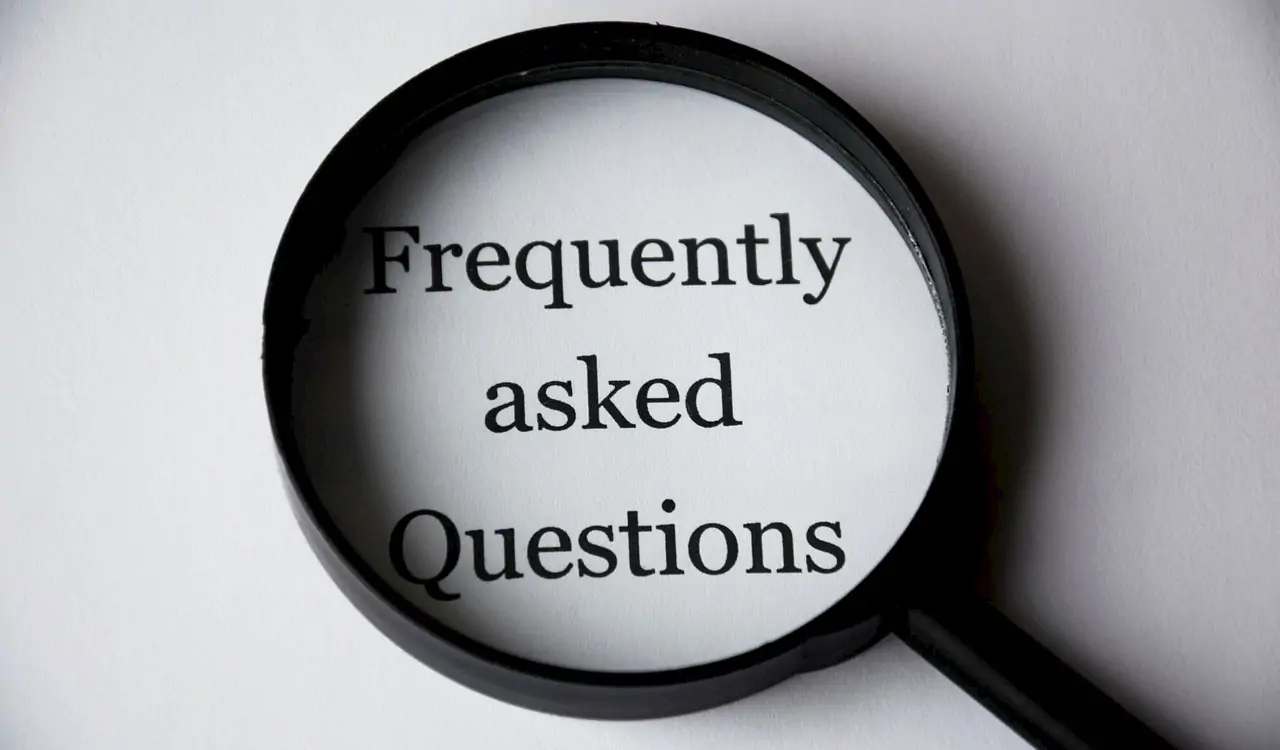1. What are the two types of IELTS Writing tests?
The IELTS Writing test is divided into Academic and General Training.
2. How many tasks are there in an IELTS Writing test?
There are two tasks in both the Academic and General Training versions.
3. What types of writing tasks are included in the IELTS Academic Writing?
Two types of writing tasks in academic:
- Task 1: Describing a graph, chart, table, or diagram. Refer to ‘Writing Task 1 – Graph/Table/Chart‘ and ‘Writing task 1 – Diagram‘ for more information.
- Task 2: Writing an essay on a given topic. Refer to ‘Writing task 2‘ for more information.
4. What are the writing tasks in the IELTS General Training?
Two types for writing tasks in General Training:
- Task 1: Writing a letter (formal, informal, or semi-formal). Refer to ‘Perfecting the IELTS Letter: A Complete Guide to Structure and Success‘ for more information.
- Task 2: Writing an essay on a general topic. Refer to ‘Writing task 2‘ for more information.
5. What are the key differences between the Academic and General Training Writing tests?
The differences lie in Task 1, Academic involves describing visual information (e.g., graphs, tables, flows or maps), while General Training involves letter writing.
6. What types of essays appear in IELTS Writing Task 2?
Common types include ‘agree/disagree’ essays, ‘advantages/disadvantages’ essays, ’cause/reason to solution’ essays, ‘problem to solution’ essays, ‘discuss both and give your own opinion‘ essays. Refer to ‘How can we write a good opening of IELTS writing task 2 quickly? Only two steps!‘ for more information.
7. How is the IELTS Writing test scored?
It is scored based on four criteria: Task Achievement/Response, Coherence & Cohesion, Lexical Resource, and Grammatical Range & Accuracy. Refer to ‘IELTS Writing Assessment Criteria in One Table‘ for more information.
8. What is the word count requirement for each task?
Task 1 requires a minimum of 150 words, and Task 2 requires at least 250 words. Writing fewer than the requirement will result in a penalty for underlength.
9. Should I write more words to get a higher score?
Not really. Above the minimum requirement, more words don’t necessarily lead to higher scores. It’s important to focus on quality rather than quantity. Excessive writing can dilute your arguments and impact clarity and coherence. Aim to fulfill the task requirements effectively within the recommended word limits.
10. Should I use examples in IELTS Writing Task 2?
Yes, exmaples are important and welcome. You should use relevant examples to support your arguments in essays.
11. Can I use bullet points in the IELTS Writing test?
No, bullet points are not allowed. The answers should be written in full sentences and paragraphs.
12. Are contractions (e.g., "can't", "won't") allowed in the IELTS Writing test?
Contractions should be avoided in formal writing tasks. In case of informal letter writing, it is ok.
13. Is spelling important in the IELTS Writing test?
Yes, spelling errors can reduce your score, especially in the Lexical Resource and Grammatical Range & Accuracy criteria.
14. What are the requirements for British and American spellings in IELTS?
You can use either British or American spelling, but it is important to maintain consistency throughout a piece of writing. Mixing both spellings may lead to deductions as consistency is one of the criteria for writing assessment. Candidates should choose one spelling style and adhere to it throughout their writing.
15. Is handwriting important in the paper-based IELTS Writing test?
Yes, legibility is crucial. If the examiner cannot read your handwriting, you may lose marks. However, this doesn’t mean you need to produce beautiful handwriting. The priority is to focus on writing neatly enough to communicate your ideas effectively.
16. How can I manage my time effectively during the Writing test?
Although the instructions suggest spending about 20 minutes on Task 1 and 40 minutes on Task 2, you have the flexibility to arrange your 60-minute time quota based on your own situation. You could start with Task 2 if you’re more confident with essays or if you need more time to develop your arguments. However, it’s important to keep in mind that Task 2 is worth more marks, so prioritize it, especially if you find yourself running out of time. Make sure to leave enough time for both tasks to avoid penalties for incomplete answers.
17. What does the IELTS writing computer-based test and paper-based test look like?
Here’s a brief introduction to the IELTS writing test in both computer-based and paper-based formats:
Computer-based IELTS Writing Test:
- Split-screen layout (refer to below screenshots) with the prompt on one side and the typing area on the other.
- Real-time word count at the bottom of the screen.
- Easy editing with copy, cut, and paste functions.
- Timer in the top left corner to track time.
- Clear, legible text due to typing.
- Automatic submission at the end of the test.


Paper-based IELTS Writing Test:
- Physical paper (writing answer sheets) with the prompt and space for the candidate’s response.
- Candidates must write by hand, which can affect legibility.
- No real-time word count, so candidates must estimate their word count manually.
- A physical timer is provided, but candidates must manage their own time.
- Handwritten responses may be subject to interpretation by the examiner due to handwriting style.
- Candidates must physically submit their papers at the end of the test.
